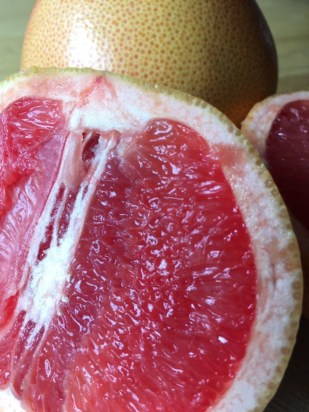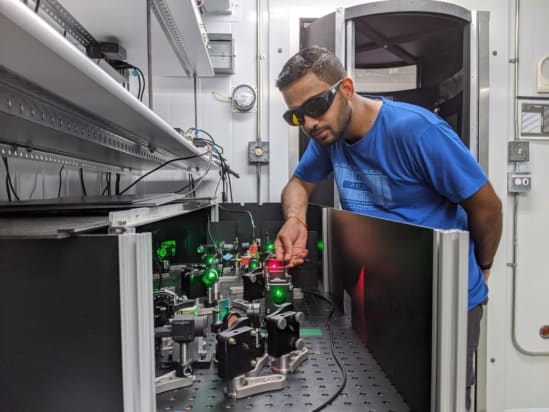Physics World Materials Briefing 2020
Welcome to this free-to-read Physics World Materials Briefing. The ferroelectric nematic liquid crystal shown on the cover of this briefing is the first of its kind. So, too, is a liquid-metal lattice that returns to its original shape when crushed. Then there’s the hydrogel that cools solar photovoltaic panels, the photocatalyst that converts carbon dioxide and water into formic acid, the ultra-porous metal-organic framework that can store 66% of its own weight in methane, and many more. In addition to all of these new materials, the fact that common materials like silk and tooth enamel still harbour so many mysteries, despite being known to humans since antiquity, is surely one of the reasons why materials research is such a vibrant discipline.
Expand to full screen, bookmark pages or download to read offline using the icons beneath the screen. You can access the videos and audio clips if you read the emagazine online. Read it now
Or you can read selected content from the Physics World Materials Briefing 2020 here

Want even more from Physics World?
Get more from Physics World without waiting for the next issue. The same great journalism, but delivered to you daily. Read updates on the latest research as soon as they happen and access 20 years of online content, organized across 13 dedicated scientific areas. Visit the homepage to start exploring.









